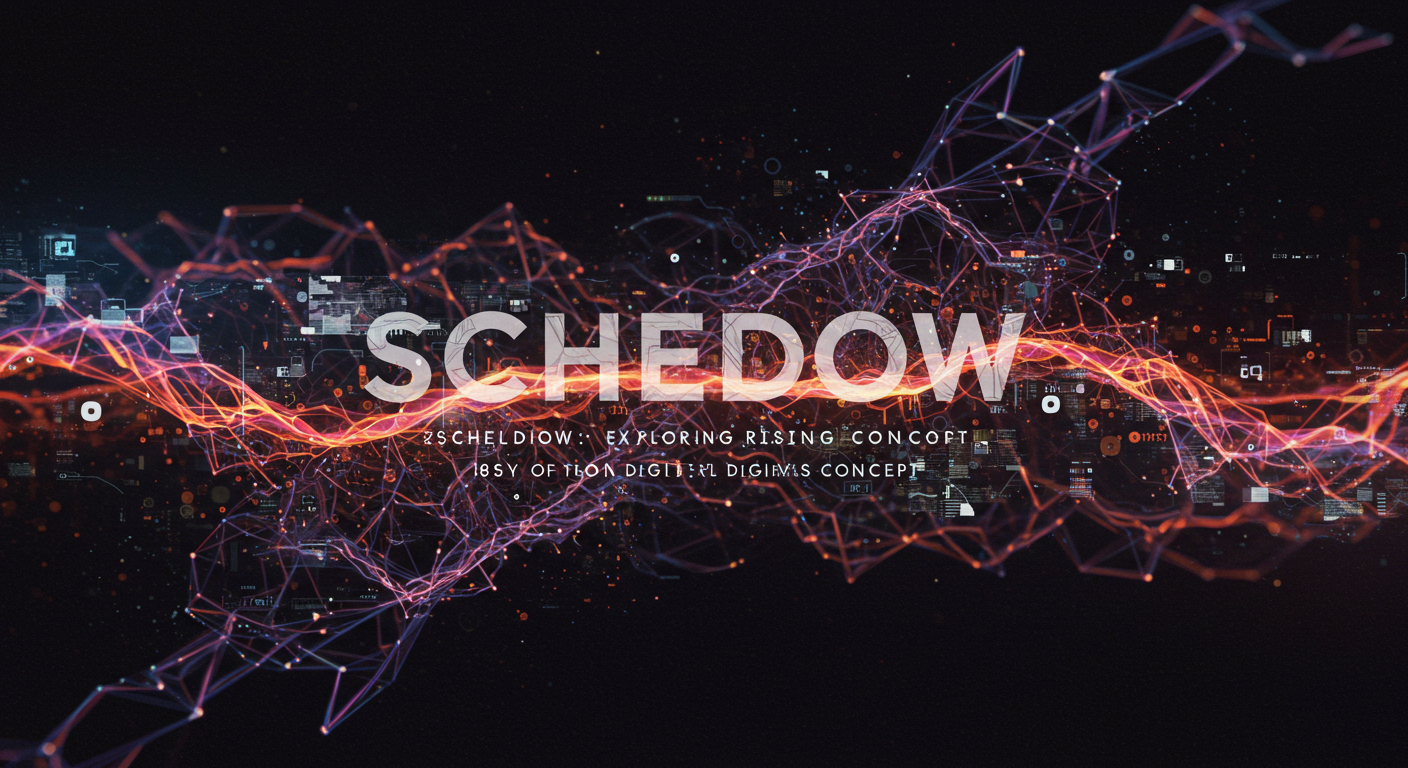In the evolving world of digital transformation, a new term is gaining attention: schedow. While still emerging in online conversations, schedow represents the blending of innovation, adaptability, and forward-thinking practices across multiple industries. Whether used in technology, business planning, or creative strategies, schedow is quickly becoming a concept worth understanding.
This article explores the origins, meaning, and applications of providing insights into why it matters and how it could shape the future.
What is Schedow?
it is a versatile term that refers to modern systems and approaches that integrate structure with flexibility. Unlike rigid methods encourages adaptability while maintaining organization.
Businesses, developers, and creative thinkers often use schedow to describe processes that balance planning with real-time adjustments. This makes schedow a valuable concept for industries dealing with constant change.
The Importance of Schedow in Technology
1. Enhancing Digital Workflows
In technology helps teams streamline workflows. It allows for structured task management while leaving room for flexibility when unexpected challenges arise.
2. Supporting Agile Development
it aligns with agile principles. By focusing on adaptability ensures software teams can pivot quickly, test new features, and roll out updates without disrupting larger goals.
3. Driving Innovation
Tech leaders increasingly recognize schedow as a method that fosters innovation. It balances discipline with creativity, enabling groundbreaking solutions while maintaining efficiency.
Schedow in Business Strategy
Flexible Planning
Traditional business strategies often fail in unpredictable markets. Schedow encourages organizations to plan effectively but remain open to change. This dual approach reduces risks and improves decision-making.
Real-Time Adaptation
it enables businesses to analyze data in real-time and adjust strategies accordingly. Companies that adopt schedow often respond faster to consumer needs, gaining a competitive edge.
Collaboration and Teamwork
it also emphasizes collaborative systems. By creating a framework that supports flexibility, teams across departments can work together seamlessly.
Schedow in Creative Industries
it is not limited to tech and business—it’s also transforming creative industries.
-
Design: Designers use schedow to balance client requirements with innovative ideas.
-
Content Creation: Writers and marketers adopt schedow approaches to stay consistent while adapting to trends.
-
Art: Artists embrace as a way to explore new styles without losing structure.
This adaptability makes schedow an appealing method for anyone working in fast-paced creative environments.
The Benefits of Embracing Schedow
-
Flexibility with Stability – schedow provides the balance between rigid planning and free-flowing creativity.
-
Efficiency – schedow ensures that projects stay on track even when adjustments are needed.
-
Scalability – as businesses grow, schedow allows processes to scale without major disruptions.
-
Innovation – schedow supports experimentation, leading to breakthroughs in products and strategies.
Challenges of Implementing Schedow
While offers many benefits, it’s not without challenges:
-
Understanding the Concept: As is still a relatively new idea, not all teams understand how to apply it effectively.
-
Maintaining Balance: Too much flexibility can lead to disorder, while too much structure can stifle creativity. requires careful balance.
-
Cultural Shifts: Organizations must embrace a mindset of adaptability, which may be difficult for those accustomed to rigid planning.
The Future of Schedow
it is expected to grow in relevance as industries become more dynamic. With advancements in artificial intelligence, data analysis, and global connectivity may evolve into a widely adopted framework.
Future applications of may include:
-
Smart Workplaces using principles to optimize hybrid work models.
-
AI-Driven Schedow Systems to support decision-making.
-
Global Businesses adopting to navigate cultural and market differences.
Conclusion
it represents a powerful concept that blends organization, flexibility, and innovation. From technology and business strategies to creative industries is becoming a framework that supports progress in an unpredictable world.
By embracing organizations and individuals can prepare for the future, adapt quickly to change, and unlock new opportunities for growth.
